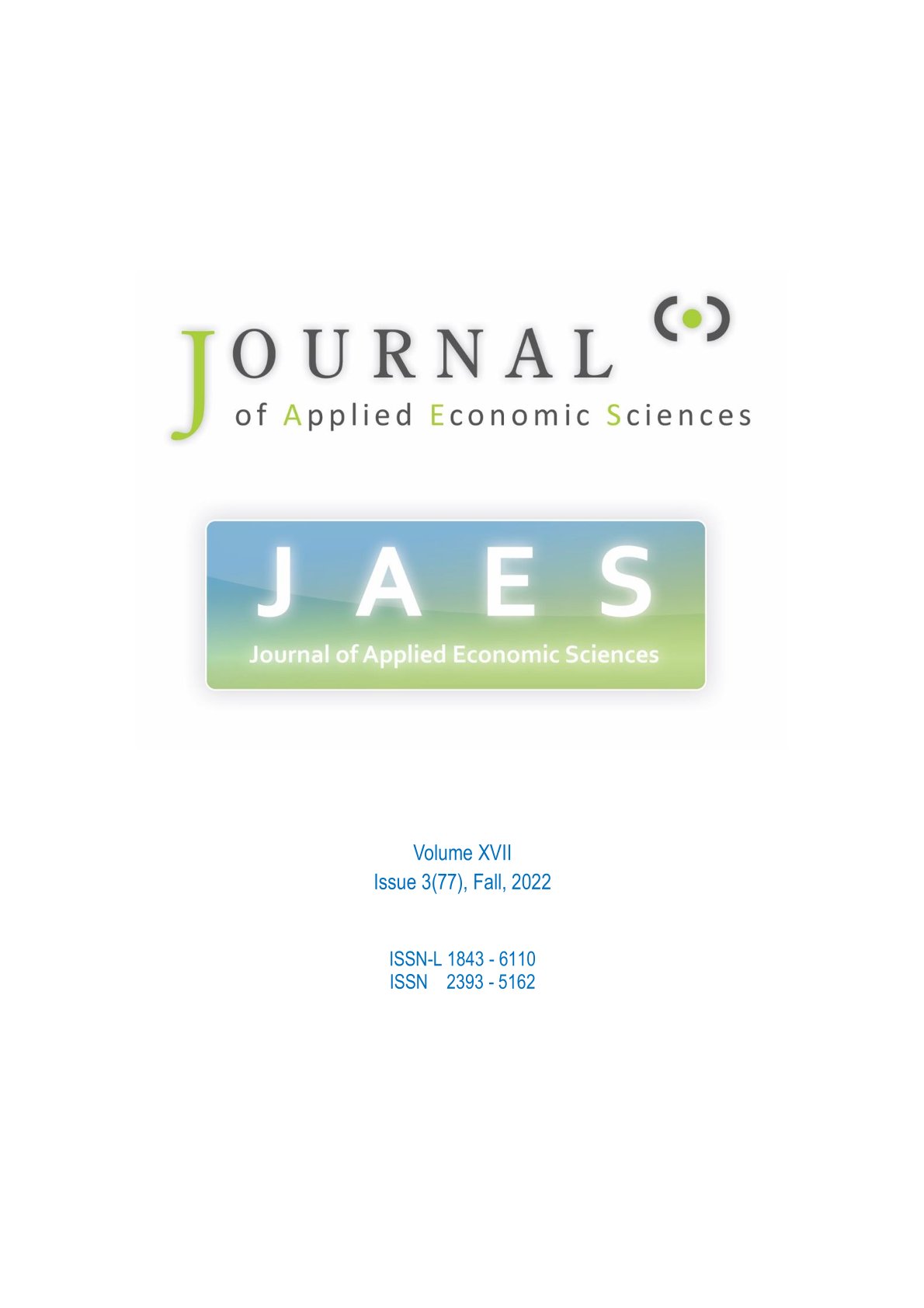The Export of Medium and High-Tech Products Manufactured in Europe
The Export of Medium and High-Tech Products Manufactured in Europe
Author(s): Angelo LEOGRANDE, Alberto Costantiello, Lucio LauretiSubject(s): Economy, Supranational / Global Economy, Business Economy / Management, Accounting - Business Administration, ICT Information and Communications Technologies
Published by: ASERS Publishing
Keywords: innovation; invention; incentives; technological management innovation; R&D; open innovation;
Summary/Abstract: In this article we analyze the determinants and the export trend of European countries of medium and high technology products. The data were analyzed using various econometric models, namely WLS, Pooled OLS, Dynamic Panel, Panel Data with Fixed Effects, Panel Data with Random Effects. The results show that exports of medium and high-tech products are positively associated, among other variables, with the value of “Average Annual GDP Growth”, “Total Entrepreneurial Activity” and “Sales Impacts”, and negatively associated with, among other variables, “Human Resources”, “Government and Procurement of Advanced Technology Products” and “Buyer Sophistication”. A cluster analysis was realized with the k-Means algorithm optimized with the Silhouette coefficient. The result showed the presence of only two clusters. Since this result was considered poorly representative of the industrial complexity of the European Union countries, a further analysis was carried out with the Elbow method. The result showed the presence of 6 clusters with the dominance of Germany and the economies connected to the German economy. In addition, a network analysis was carried out using the distance to Manhattan. Four complex network structures and two simplified network structures were detected. A comparison was then made between 10 machine learning algorithms for predicting the value of exports of medium and high-tech products. The result shows that the best performing algorithm is the SGD. An analysis with Augmented Data-AD was implemented with a comparison between 10 machine learning algorithms for prediction and the result shows that the Linear Regression algorithm is the best predictor. The prediction with the Augmented Data-AD allows to reduce the MAE by about 0.0022131 compared to the prediction with the Original Data-OD.
Journal: Journal of Applied Economic Sciences (JAES)
- Issue Year: XVII/2022
- Issue No: 77
- Page Range: 181-200
- Page Count: 20
- Language: English

